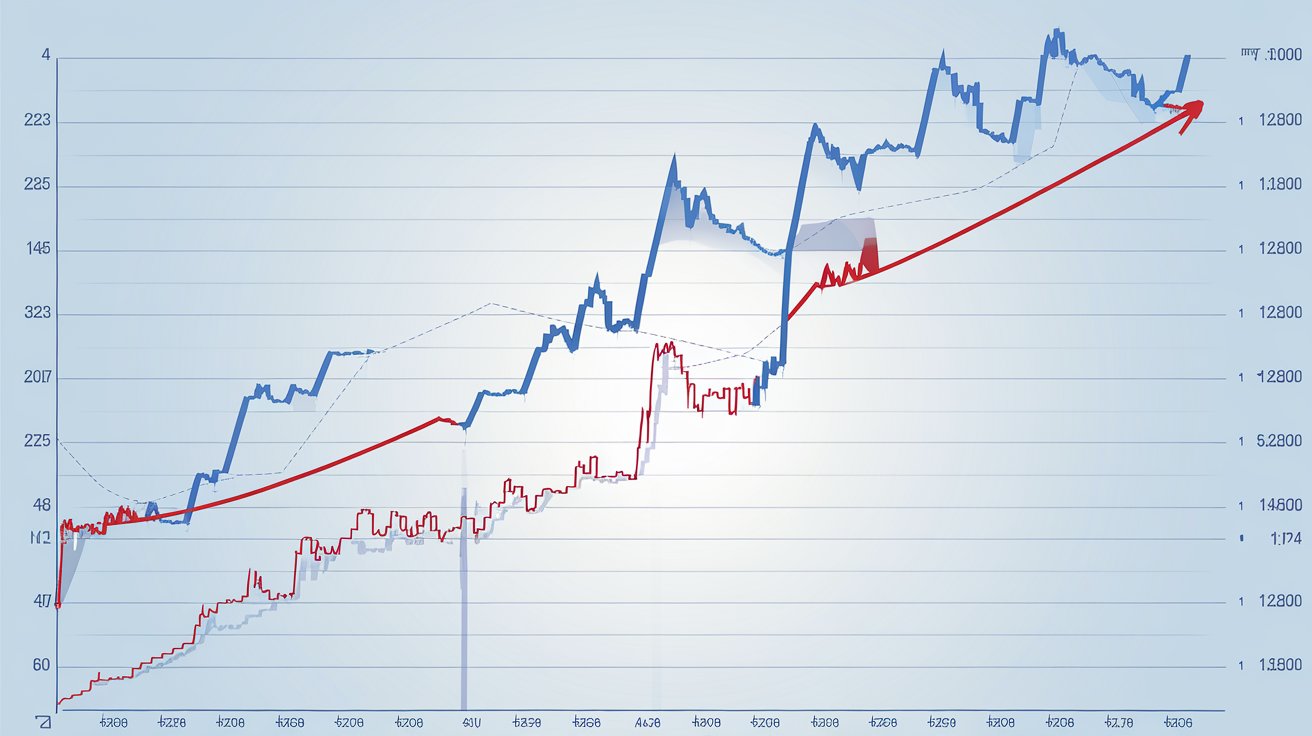In an ever-changing economic landscape, building a recession-resistant portfolio has become increasingly important for investors. As we navigate through 2024, the potential for economic downturns remains a concern. This article will guide you through the process of creating a robust investment strategy that can withstand market volatility and economic uncertainties.
Understanding Recession-Resistant Investing
Before diving into specific strategies, it’s crucial to understand what makes an investment recession-resistant. These are typically assets or securities that tend to perform relatively well during economic downturns or have less correlation with the overall market trends.
Key Characteristics of Recession-Resistant Investments
- Stable cash flows
- Low debt levels
- Essential products or services
- Strong market position
- Diversification across sectors and geographies
Building Your Recession-Resistant Portfolio
1. Diversify Across Asset Classes
One of the fundamental principles of building a recession-resistant portfolio is diversification. By spreading your investments across various asset classes, you can reduce risk and potentially improve returns.
| Asset Class | Allocation Range | Rationale |
|---|---|---|
| Stocks | 40-50% | Long-term growth potential |
| Bonds | 30-40% | Income and stability |
| Real Estate | 10-15% | Inflation hedge and diversification |
| Cash | 5-10% | Liquidity and opportunity fund |
| Commodities | 5-10% | Inflation protection and non-correlation |
2. Focus on Defensive Sectors
Within your stock allocation, consider overweighting defensive sectors that tend to perform well during economic downturns:
- Consumer Staples: Companies producing essential goods
- Healthcare: Pharmaceutical and medical device companies
- Utilities: Essential service providers with stable cash flows
- Telecommunications: Communication infrastructure and services
3. Invest in Quality Dividend-Paying Stocks
Look for companies with:
- Strong balance sheets
- Consistent dividend growth history
- Low payout ratios
- Sustainable competitive advantages
These companies often provide a steady income stream and tend to be more resilient during market turbulence.
4. Incorporate Bonds for Stability
Bonds can provide a cushion during stock market volatility. Consider a mix of:
- Government bonds for safety
- Investment-grade corporate bonds for yield
- Treasury Inflation-Protected Securities (TIPS) for inflation protection
5. Real Estate Investment Trusts (REITs)
REITs can offer:
- Steady income through required dividend distributions
- Potential inflation hedge
- Diversification benefits
Focus on REITs in sectors like:
- Healthcare facilities
- Self-storage
- Data centers
6. Consider Gold and Other Precious Metals
Precious metals, particularly gold, have historically been viewed as a safe-haven asset during economic uncertainties. They can provide:
- Portfolio diversification
- Potential hedge against inflation and currency fluctuations
7. Explore Alternative Investments
For accredited investors, alternative investments can offer additional diversification:
- Private equity
- Hedge funds
- Commodities
- Infrastructure investments
These investments often have low correlation with traditional asset classes, potentially providing stability during market downturns.
Strategies for Implementing Your Recession-Resistant Portfolio
Dollar-Cost Averaging
Instead of trying to time the market, consider implementing a dollar-cost averaging strategy. This involves investing a fixed amount regularly, regardless of market conditions. This approach can help:
- Reduce the impact of market volatility
- Avoid emotional decision-making
- Potentially lower your average cost per share over time
Rebalancing
Regularly rebalancing your portfolio is crucial to maintaining your desired asset allocation. Set a schedule (e.g., quarterly or semi-annually) to review and adjust your holdings. This process helps:
- Keep your risk level in check
- Take advantage of market movements by selling high and buying low
Stay Informed, But Avoid Overreacting
Keep yourself updated on economic indicators and market trends, but avoid making impulsive decisions based on short-term news or market movements. Remember that recession-resistant investing is a long-term strategy.
Maintain an Emergency Fund
While not directly part of your investment portfolio, having a liquid emergency fund can prevent you from needing to sell investments at inopportune times. Aim to keep 3-6 months of living expenses in a readily accessible savings account.
Conclusion
Building a recession-resistant portfolio in 2024 requires a thoughtful approach to asset allocation, sector selection, and risk management. By diversifying across asset classes, focusing on quality investments, and implementing sound investment strategies, you can create a portfolio that is better equipped to weather economic storms.
Remember that no investment strategy is entirely recession-proof, and all investments carry some level of risk. It’s essential to align your portfolio with your personal financial goals, risk tolerance, and investment horizon. Consider consulting with a financial advisor to tailor these strategies to your individual circumstances.
As you navigate the complexities of investing in an uncertain economic environment, stay committed to your long-term financial plan. A well-constructed, recession-resistant portfolio can help you maintain confidence in your financial future, regardless of short-term market fluctuations or economic challenges.

